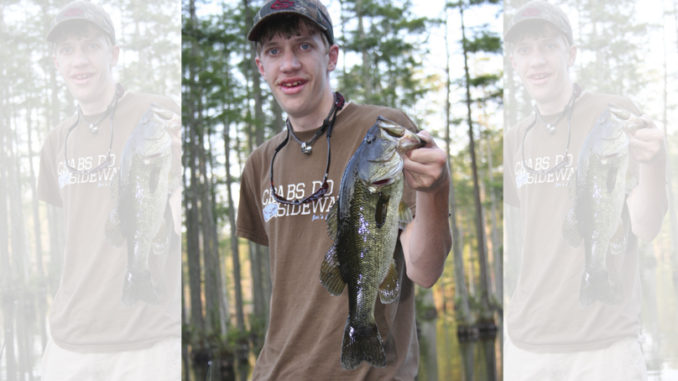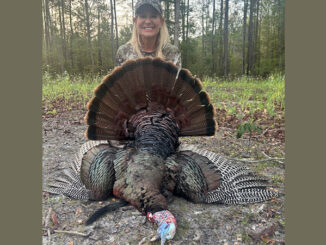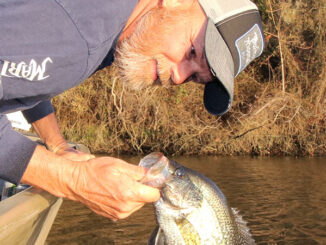
Look for cuts and fingers off the main river
The Waccamaw River, with its headwaters in southeastern North Carolina, runs through the part of South Carolina that is better known for vacationers and saltwater fishing than a bass-fishing destination. But the river is largemouth heaven, once anglers learn the lay of the land.
“It can be an intimidating river for bass anglers who didn’t grow up here,” said Dan Mitchell of Murrells Inlet, S.C., who has been fishing this river for 20 years. “You really have to search for cuts and fingers off the main river, which means making your way through long, skinny waterways through cypress trees. But once you find them, it’s more like fishing a pond than a river.”
Mitchell likes launching from the Sandy Island Boat Ramp, motoring upriver, then cutting to the right into some of the narrow passageways he has found over the years.
“These areas are no big secret to locals, and out-of-towners can find them on Google Earth. But you have to time it right, because this is a tidal river. You can get back into one of these openings and then not be able to get out when you want because the passageway is dry,” he said.
High tide or low tide, anglers can catch bass
Unlike many anglers who he knows, Mitchell would rather fish the Waccamaw when the tide is high. And he’s not as particular about lure colors either.
“A lot of guys want that falling water of the outgoing (tide), but fishing the way I do, the high tide is best,” he said. “It floods these clearings to the point that you can’t reach the banks in many spots. It gives you a lot of flooded, standing timber to fish.
“You can just kill the bass this time of year on a floating worm by casting past those trees, then working it back to the boat with a ‘twitch, twitch, twitch, reel’ method. I don’t have a favorite color worm, but I generally stick with darker colors,” he said.
Mitchell rigs his worms wacky style with the hook punched through the middle of the worm, with the hook point exposed. As he twitches the lure, its head and tail dance front to back. Sometimes the bass grab it as he’s twitching it, sometimes as he’s reeling, and sometimes when he pauses.
“You can’t go wrong no matter how you’re working this lure. Just make sure you fish it as close to the trees as you can get,” he said. “And when you see a line of grass or lily pads — you’ll see plenty in some of these clearings — work the worm the same way along the edge of it. Cast parallel to it and work it back as close to the weeds as you can. You will flat catch fish that way, especially this time of year,” he said.




